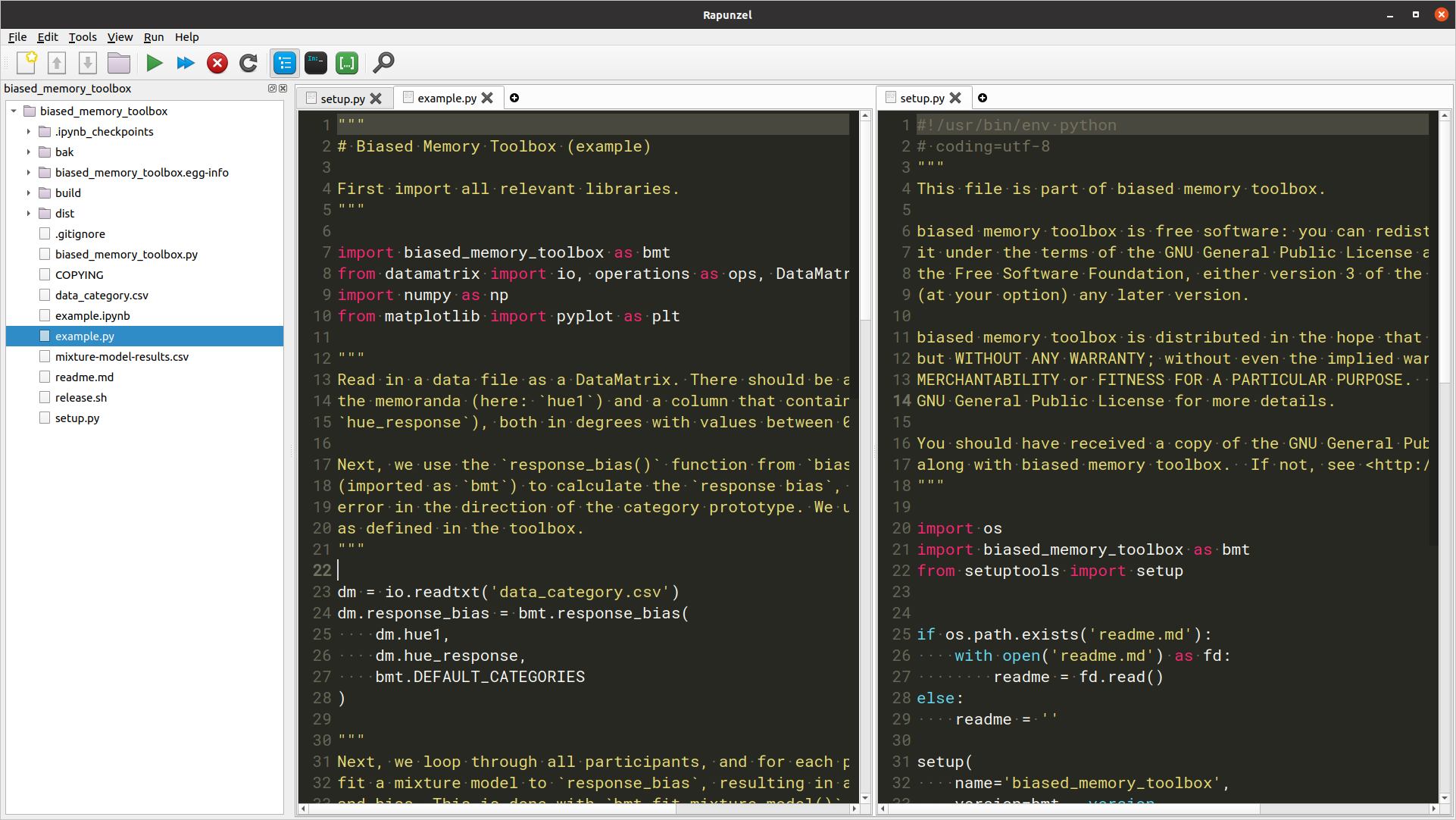

- #JUYPTER NOTEBOOK INSTALL PANDOC HOW TO#
- #JUYPTER NOTEBOOK INSTALL PANDOC DOWNLOAD#
- #JUYPTER NOTEBOOK INSTALL PANDOC FREE#
If you are new to Git, it can take some time to get used to all the commands. You can use nbviewer or ReviewNB if your notebook contains interactive widgets and such. If it’s a private repository, the person you are sharing the link with needs to have a GitHub account and have permission to access your repository.įor security reasons, GitHub does not run any Javascript in the notebook. So it’s very convenient to share read-only links to the notebook like this one. When you browse notebooks in your repository on GitHub it renders them as HTML. Open the desired commit and click “View File” to see the notebook status at that commit. You can also browse old commits on GitHub by going to Your project page -> Commits. If you want to actually revert to an old state and make some changes there, you can start a new branch from that commit. At the end run “git checkout master” to go back to the current state. If you want to temporarily go back to a commit, checkout the files, and come back to where you are then you can simply checkout the desired commit. Or run git merge + git push from command line, Once your changes are approved you can merge them from GitHub UI. It shows you rich diffs & lets you comment on any notebook cell to discuss changes with your team. You can use ReviewNB to solve the notebook diff’ing problem. But in case of Jupyter, GitHub shows JSON diffs which are really hard to read (see below). GitHub pull request are fantastic for peer review as they let you see changes side-by-side & comment on them. On the next page provide title & describe your changes in brief, hit “Create pull request” again. Go to your Project page -> Pull requests tab -> click “New pull request”.Ĭhoose which branch you’d like to merge into master. You can create pull requests from GitHub UI. Most likely, you’d want to first share it with your peers, get their feedback before merging it into master branch. Let’s say you’ve been working on feature branch for a while, and it’s ready for prime time. > git push -set-upstream origin customer_data_insightsĪnd then do git push to push your commits to this newly created branch. Setup your name & email in git by running following commands on terminal
#JUYPTER NOTEBOOK INSTALL PANDOC DOWNLOAD#
#JUYPTER NOTEBOOK INSTALL PANDOC HOW TO#
Learn how to revert to a specific notebook version.Push your notebooks to a GitHub repository in cloud.
#JUYPTER NOTEBOOK INSTALL PANDOC FREE#
Feel free to skip a section if you’re already familar with it. This is a hands on tutorial for beginners & is meant to be comprehensive. Advanced Git users might want to check out integration workflow, real world examples and FAQs for making notebooks play nicely with GitHub. This article is a Git 101 for Jupyter users.

How to use Git / GitHub with Jupyter Notebook


 0 kommentar(er)
0 kommentar(er)
